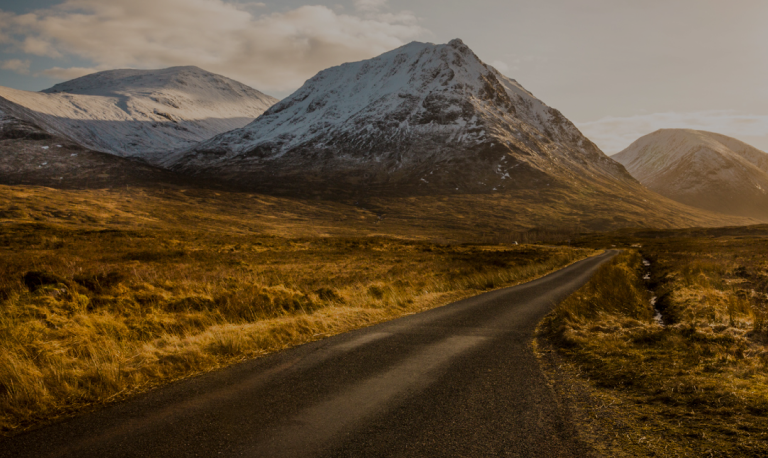Exploring the East Neuk on the Fife Coastal Path
Despite having lived less than an hour away from the Fife Coastal Path for the vast majority of my life, I’m ashamed to say that I had never actually set foot on it until earlier this year.
In order to rectify this, my colleague Fern and I spent a fantastic day discovering the sights of the East Neuk of Fife …
View this post on Instagram
What is a ‘Neuk’?
My first thought when researching this trip was; what on earth is a Neuk?! I soon discovered that ‘Neuk’ is the old Scots word for ‘corner’ or ‘nook’. In this case, the Neuk refers to a collection of fishing villages on the southern tip of Fife. The area covers the villages of Earlsferry, Elie, St Monans, Pittenweem, Anstruther and Crail, through which the Fife Coastal Path runs.
View this post on Instagram
Elie & Earlsferry
Our starting point was the coastal town of Elie and Earlsferry. This former royal burgh is made up of two fishing villages, Elie and Earlsferry, which were joined in 1930. This is also the starting point for the East Neuk section of the Fife Coastal Path. By following the path past the town harbour you arrive at the picturesque Elie Ness Lighthouse which warns passing ships of the promontory it sits upon.
Slightly further along the path you’ll find Lady’s Tower standing proudly on an outcropping of rock. This tower was built for Lady Janet Anstruther in 1760 so that she could change before her morning bathing routine. I dread to imagine how cold the Firth of Forth would have been on those mornings! It is now a ruin, but still impressive in structure and boasts fantastic views across the Firth of Forth.
View this post on Instagram
St Monans
Following on, the coastal path takes you just above sea level past the ruins of Ardross Castle and Newark Castle which can be explored with caution. Before St Monans it passes by the impressive St Monans Church, built in 1369 by King David II Bruce (son of Robert the Bruce), which rests on a low rock at the edge of the sea.
St Monans has won gold in the ‘Beautiful Fife’ award due to its floral displays. On the slipway of the harbour you’ll discover the wonderful ‘Welly Garden’ which local residents have created to add some fantastic colour to the harbour.
View this post on Instagram
The Saltpans
After ambling through St Monans, the Fife Coastal Path takes you past St Monans Windmill. The windmill was built in the late 18th century in order to pump seawater for the salt panning industry and is the last remaining windmill in Fife. It can be visited by collecting the key from the local Spar or Post office.
View this post on Instagram
On to Anstruther
The path continues through the fishing village of Pittenweem which still has an active fishing port and a fish market. Depending on your walking speed it may be time to stop for a bite to eat.
There was no question as to where we would stop for lunch – it had to be the famed Anstruther Fish Bar. The Fish Bar has won several awards and the restaurant has a charmingly retro-feel harking back to the fishing tradition in Fife. The menu can be overwhelming but you will not be disappointed with a classic fish & chip supper. I’d also recommend an Irn Bru for a true Scottish experience!
View this post on Instagram
Caiplie and Crail
Having topped up our energy levels we continued along the path through Anstruther. The path is well way-marked and brings you along the harbour before going along a track between fields and the coast.
Just beyond halfway to Crail you will come across the curious sandstone formations of Caiplie Caves. First created by coastal erosion, these caves have been occupied by humans on and off for hundreds of years. In the 9th century, they were used as sites of Christian worship and one of the caves was then later occupied by a hermit in the years prior to WWII.
From the caves it is a short walk to Crail, our final destination for today. The town, which is believed to date back to the Pictish period, curls down a slope into the harbour.
View this post on Instagram
Fantastic Fife
If you are keen for an adventure whilst not straying too far into the wilderness, the Fife Coastal Path could be perfect for you. Absolute Escapes offer award-winning walking holidays on the route which include carefully-selected accommodation, baggage transfers, guidebook/map, and a full information pack.
This section of the Fife Coastal path is thoroughly enjoyable, each fishing town is more charming than the one before and there are plenty of sights to see. The numerous ruins and interesting geological formations make for great exploring. On a clear day, this walk gives fantastic views of the Isle of May and the Bass Rock, as well as many opportunities for bird watching.
The route is largely flat and would be ideal for someone looking for an adventure without straying too far from civilisation! It is also possible to split this walk into smaller sections for those who’d prefer more time to explore the towns along the route.
A walk on the Fife Coastal Path, or part of it, could be incorporated into a self-drive holiday in Scotland, as Edinburgh is easily accessible over the Firth of Forth, while the majestic Scottish Highlands lie a short drive north.
Pippa Robson


